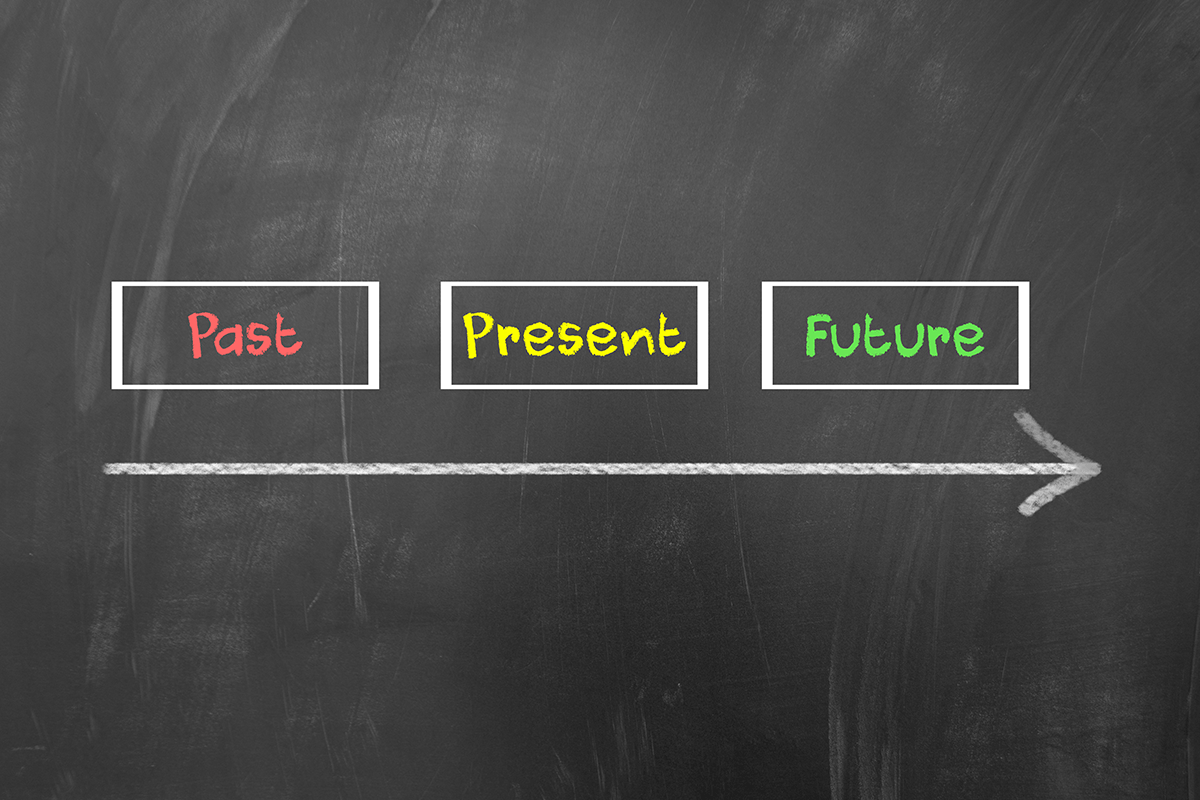
Image credit: Pop Paul-Catalin | shutterstock.com
In a classic episode of The Simpsons, the family plan to travel on a plane for the first time. However, Marge has never told anyone that she’s deeply afraid of flying. After some convincing she visits a therapist, when it’s discovered that the root of her fear was finding out that her father, rather than being a pilot as he’d claimed, was an airline steward. She had considered it a role reserved for women, but when the therapist reassures her male flight attendants are now very common and her Dad would have been something of a pioneer, she’s able to change her mindset and get on the plane.
It’s a great, and very funny episode from the show’s heyday. But among all of the laughs it makes a very important point – our mindset directly impacts our actions. Past experiences and future fears can be powerful barriers that stop us from achieving our potential.
But, as Marge Simpson’s experience demonstrates, our mindsets can be changed. Below are some ways I’ve found really helpful to achieve that using the three tenses: past, future and present.
Tense 1 – Think about the past
If your negative belief involves past events, read this blog and watch the video of Over and Over Again by Nathan Sykes. (Thanks NJSykesMusic for the retweet!) Allow your feelings to emerge about the story told by the song and video, and jot them down. What thoughts and fears might relate to these feelings?
Tense 2 – Think about the future
If your negative mindset involves the future, try one of these exercises to help surface what else relates to your beliefs:
- Write the eulogy for your funeral in 500 words or less.
- Imagine you walk past a cafe in ten years time and overhear some friends talking about what you have done and who you are. What are they saying? What are they not saying? (Change the timescale to suit.)
- Write a letter from your 70-year old self to yourself, giving advice to you today. (If you are 65 or more already, add 10-20 years to your age; whateveryou feel appropriate!)
- Think about this question: when you pass away, what – out of your work and play – do you want to endure?
Tense 3 – Apply this in the present
- Take 20 minutes to read the Nathan Sykes blog, watch the embedded YouTube video and journal your responses to my questions above
- Pick one of the four bullets in “Think about the future”, above, and take an hour to go for a walk and write down your responses.
- If you want something to print out and stick on your wall, sign-up below and I will send you my FREE infographic for further help – How to grow your mindset (in a positive way).
First of all I would like to say fantastic blog! I had a quick question that I’d like to ask if you don’t mind. I was curious to find out how you center yourself and clear your thoughts prior to writing. I’ve had trouble clearing my mind in getting my thoughts out there. I truly do take pleasure in writing however it just seems like the first 10 to 15 minutes tend to be wasted just trying to figure out how to begin. Any recommendations or hints? Kudos!|
Thank you for your kind comments! Research shows that over time we can increase our ability to access creativity by building in ‘renewal’ practices, such as meditating, napping during the day, laughing, exercising and/or praying. I do 2 things to help the start of my writing: (1) As an ongoing practice, I use Evernote to store relevant quotes, stories and other material that I come across in the course of my reading; (2) Immediately before writing, I go for a run or go to the gym before I start and (if I’m on the bike at the gym) even make notes on my phone as I’m exercising; (3) The first writing session I do, which lasts 10 minutes, is simply to jot down bullet points of the kind of points I might want to make. I find this takes the pressure off having to produce something polished instantly, and promotes creativity even further, when I return to these bullets at a later writing session.
I also find the following blog structure helpful (courtesy Michael Hyatt):
[Working title: a blog I’m working on]
{Subtitle}
{Lead Paragraph}
{Image}
{Personal Anecdote}
{Pivot}
{Objective Statement}
{Rationale}
{Conclusion}
{Question}